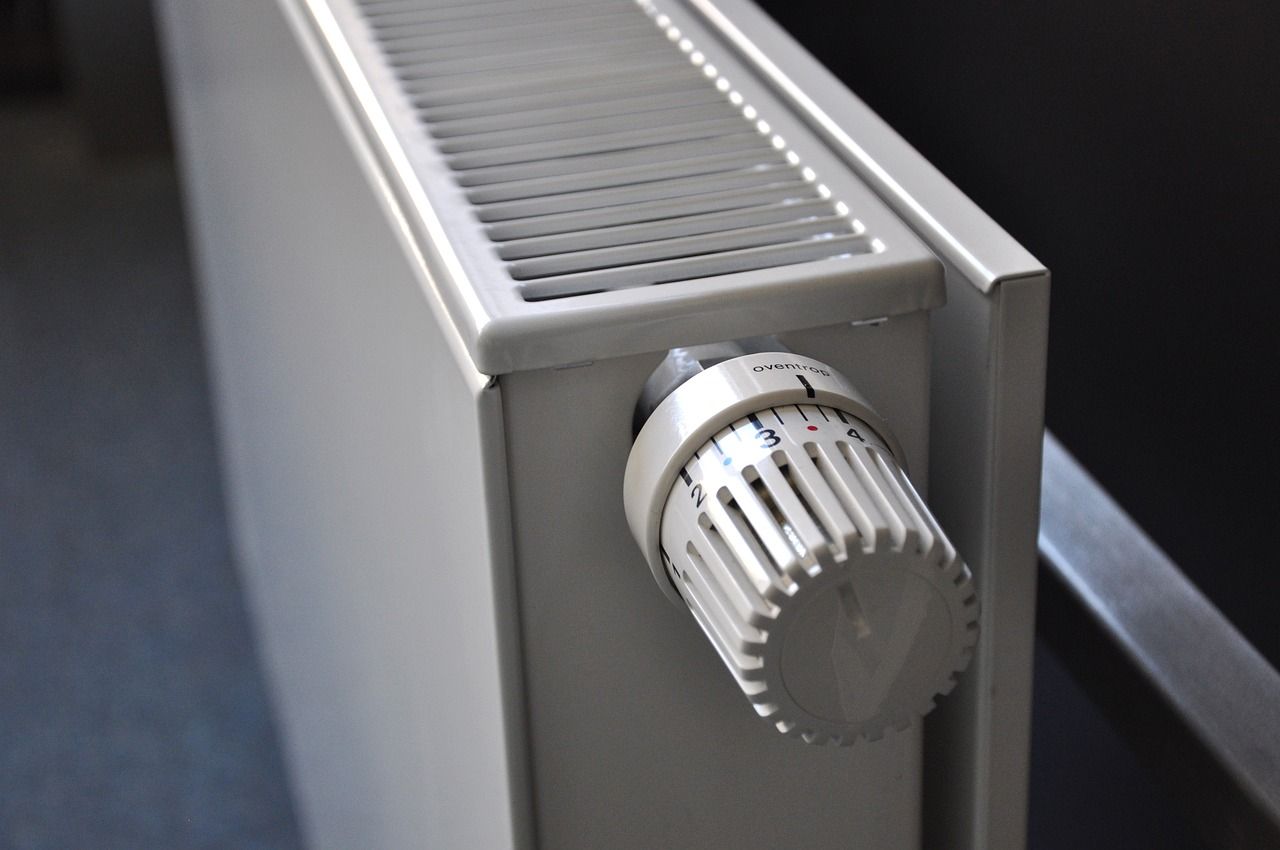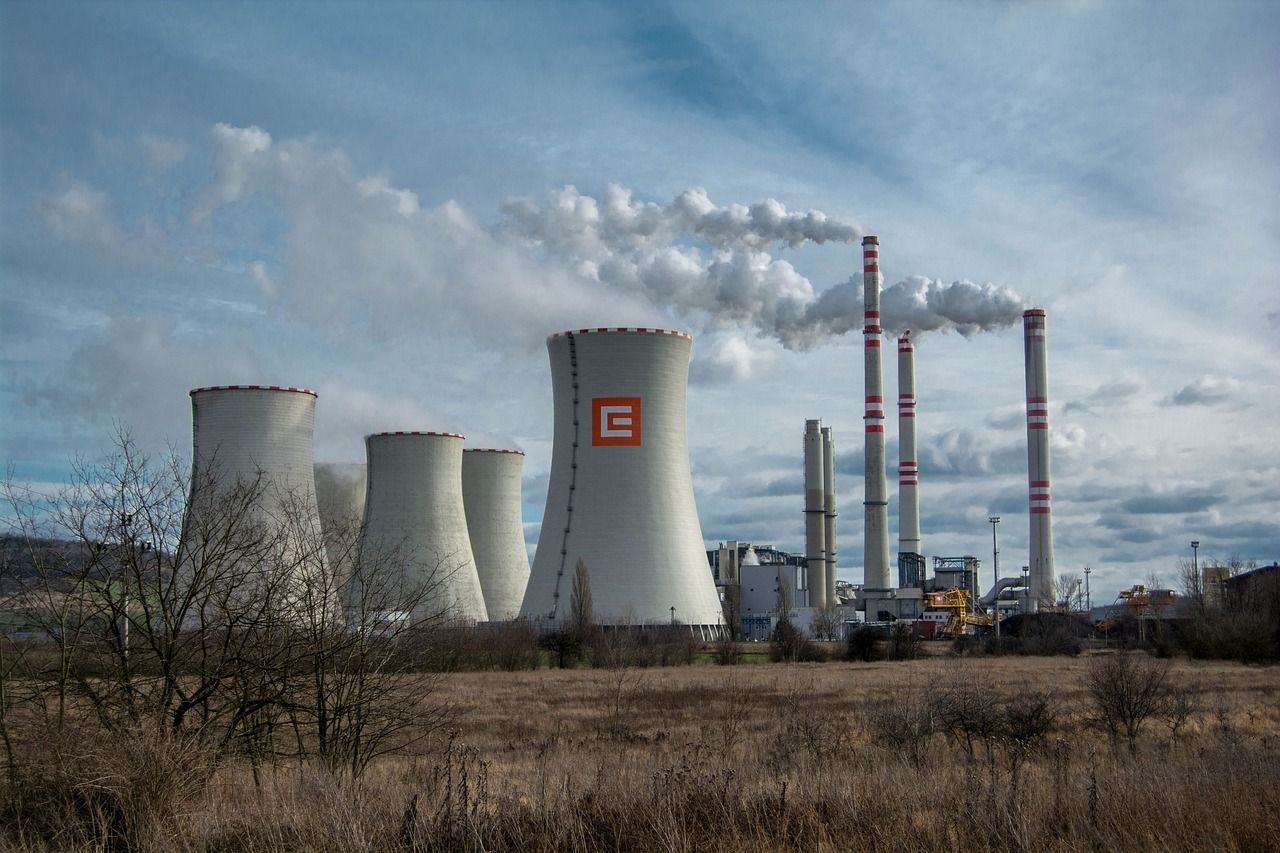
When we think of allergies, we often imagine seasonal spring allergies, but it is not just the outdoors that hides threats. The air we breathe indoors can also significantly impact our health. Poor indoor quality allows allergens and pollutants to build up, leading to respiratory issues and skin irritations. Common indoor allergens can include dust mites, pet dander, mould spores, and pollen. Without proper measures, these can accumulate in our homes and offices, triggering or even worsening our allergies. However, learning how these particulates contribute to air pollution in enclosed spaces can help us take the right measures to maintain a healthier living environment, reduce indoor allergens, and manage our allergy symptoms. In this article, we highlight key indoor air quality factors that aggravate allergies and share practical solutions for relief. How Indoor Allergens Can Worsen Our Allergies Increased Exposure to the Allergens Indoor environments can trap and expose us to particulate matter like dust, mould, and pet dander, which can trigger allergy symptoms. Without proper ventilation, allergens will continue to settle on furniture and linger in the environment. Over time, prolonged exposure can cause severe reactions in people with respiratory and dermatological conditions. Imbalances in Humidity Levels Humidity is another factor to consider. If the air is too dry, it can irritate the nasal passages and throat, increasing susceptibility to allergens. Too much humidity, however, creates the perfect environment for mould and dust mites to thrive—both common allergy triggers. Chemical Irritants Volatile organic compounds (VOCs) are common pollutants found in most indoor spaces, especially in paints, cleaning products, air fresheners, and some textiles. If you have been exposed to VOCs for an extended period, you may experience throat irritation, headaches, dizziness, and respiratory issues. If you're prone to allergies, these irritants can worsen your symptoms. Poor Ventilation If you do not maintain adequate airflow in your home or office spaces, the indoor air can become stagnant and trap allergens inside. As a result, dust, mould, and VOCs accumulate and circulate more easily in the air you breathe. This leads to a higher concentration of airborne irritants, and further worsens indoor air quality and existing allergies. How to Maintain Better Indoor Quality & Relieve Allergies Implement Air Purifiers In spaces where ventilation is limited, indoor allergy air purifier solutions and HVAC systems (Heat, Ventilation, and Air Conditioning) with filters can improve air circulation and reduce allergens. If you are thinking of installing a HVAC system, it’s recommended that you consider Mechanical Ventilation with Heat Recovery (MHVR) systems . They can provide a balanced extract and supply of air, recovering up to 95% of the heat that in any other condition would be lost. Considering the amount of resources that go into heating a big space, this type of system is something to keep in mind. Hence, installing this system is not only good for the economy of your business, but also beneficial for the occupants. These systems, especially those equipped with HEPA filters (high-efficiency particulate arresting filters), work by consistently drawing in air and filtering out contaminants. In this way, they trap airborne particles like dust, pollen, and pet dander, preventing them from circulating through your space. As a result, air quality is greatly enhanced, providing a cleaner and more comfortable environment for your customers and employees. Such systems can be invaluable for businesses aiming to improve employee well-being. They reduce exposure to irritants that can cause discomfort or trigger allergies, boost productivity, and create an overall healthier workspace. We advise placing air purifiers in high-traffic areas such as offices, meeting rooms, and break rooms, where allergens circulate the most. Control The Humidity Levels One way to help balance the humidity levels indoors is to use a dehumidifier when humidity is high, typically in areas like basements and bathrooms. When the air becomes too dry, especially in colder months, a humidifier can help add moisture to the air. The optimal level you should strive for is 30-50%. This range prevents mould growth, dust mites, and other allergens from accumulating, greatly improving indoor air quality. To help you understand humidity levels, our intelligent monitoring system, InBiot , can provide insights into indoor air quality and can help you detect harmful pollutants before they become a concern. If you're unsure about your space's humidity levels, schedule an indoor air quality assessment with our experts, and we will guide you to the right solution. Clean Your Space Regularly It’s as simple as that. Cleaning your indoor space regularly is still one of the most effective ways to minimise home allergens. Opt for vacuums with HEPA filters to remove all dust, pet hair, and pollen from carpets and upholstery. Dura Vacuums are also an excellent choice for maintaining healthy air quality and controlling dust buildup in your indoor spaces. They are designed to withstand the demanding conditions of industrial environments and can effectively handle both wet and dry particles. Additionally, regularly dusting surfaces and washing bedding, curtains, and rugs in hot water will help reduce allergens in the air. Another good idea is to make sure you declutter your place often, as this can also reduce the risk of dust buildup and potential hiding spots for allergens. Ventilate Often Another simple measure that never fails is to make sure you ventilate your indoors as often as possible. Open your windows whenever the weather permits it, and use exhaust fans in the kitchens and bathrooms. For those with allergies, combining this with high-quality HVAC filters and cleaning air ducts to reduce airborne irritants is best. Opt for Hypoallergenic Materials There are many materials in our closed spaces that can contribute to indoor air pollution. Whenever you can, choose more natural or non-toxic cleaning products and materials, preferably with low VOC, and make sure to ventilate when using chemical-based products. You can also take things further by choosing wool and cotton bedding,hardwood floors instead of carpets. It is more difficult for irritants to accumulate on these materials and surfaces. Eliminate Mould & Mildew One of the major triggers for allergies and other respiratory issues, mould spores should be cleaned as often as possible. You can regularly inspect damp areas like bathrooms, kitchens and basements with the help of professionals to prevent mould growth. To further contribute to healthier indoor air, use mould-resistant paint and fix leaks as soon as possible. Improving Indoor Air Quality The key to keeping allergens at bay is maintaining optimum air quality indoors. Simple changes in habits like regularly cleaning our spaces and ventilating whenever we can can significantly improve air quality. Devices such as purifiers and HVAC systems can be another proactive approach to supporting long-term health. If you are not sure what products can help you manage indoor air quality, contact our team and we will help you take the best steps in the fight against indoor pollution and allergens.

The workplace is where your employees spend the majority of their time during the week, and having great air quality is crucial not only for their health but also for their productivity. Improving the air quality in your office minimises the risk of your employees having to take sick leave, as it reduces the level of respiratory diseases and allergens in the air. Investing in a high-quality air purifier is one of the best ways to improve the air quality in your workspace. There’s no shortage of air purifiers on the market, but how do you know which is best? This is our comprehensive explainer guide to why you should invest in an air purifier and the factors you must keep at the forefront of your mind during your search. The Importance Of Indoor Air Quality In The Workplace Indoor air quality (IAQ) is vital in the workplace, and it refers to the quality of the air within indoor spaces. Poor indoor air quality correlates directly with the amount of sick days taken in workplaces. Having a poor IAQ can cause a number of different detrimental health side effects, including allergies, headaches, dizziness, nausea and respiratory problems. The World Health Organisation has called air quality “the world’s largest single environmental health risk,” so there is definite cause for concern regarding your workplace's IAQ. Not only is it vital for ensuring workplace health and safety, but it’s also crucial for maintaining a great reputation in your industry. What Kinds Of Rules & Regulations Are In Place For Workplace IAQ? There are a number of different rules around IAQ that are set out in the Health and Safety Executive (HSE) regulations. These regulations state that all workplaces must be ventilated with enough fresh air to prevent ill health. The HSE recommends a fresh air supply of 5-8 litres per second per person but in commercial buildings, 10 litres per second per person is the recommendation. Investing in air purifiers for business is a great way to ensure that you are always compliant with the most current IAQ regulations. When it comes to air quality, the air introduced into a workplace needs to be free of impurities or airborne diseases that may cause illness. But with so many air purifiers on the market, how do you know which is best for your business? Choosing An Air Purifier: Everything You Need To Know When it comes to air purifiers , there are a few things you have to be aware of in order to get the most out of your model – there’s no point investing in an air purifier if you’re not going to see any benefits. These are some of the most important things you need to be aware of when you’re looking for an air purification system that will work for your space. 1. Room Size Knowing the room size is crucial if you’re looking for an air purifier for your workplace. There’s no point investing in a model that isn’t large enough when you calculate your air volume. 2. Your Problem Knowing your problem is key to figuring out which purifier is going to work best for your business. First uncover if your IAQ problems are to do with viruses, mould, smells or something else entirely so that you can tailor your solutions to best suit your needs. 3. Your Needs Once you’ve got your room size and your problem pinpointed, you can begin to look for an air purifier that creates the correct number of Air Changes per Hour (ACH), if this isn’t able to be achieved, your air purifier won’t perform. You also have to be aware of the types of filters that you need as this can have a big impact on ACH. It’s crucial to choose a model that has the right sensor for your needs, otherwise, the auto mode becomes redundant. For example, if smells or dust are the major problem you’re facing, having a model with an in-built CO2 detector isn’t necessary. Types Of Businesses That Can Benefit From Air Purifiers There are a number of businesses that benefit from air purifiers and it’s not just office spaces. Hotels, nursing homes, construction sites and student accommodation are all examples of spaces where IAQ is crucial. Hotel rooms, student accommodation, and offices that lack ventilation can experience issues with both air quality and mould, so ensuring you have an air purification process in place is vital to ensure the safety of employees, guests, and residents alike. Office spaces may benefit from ultra-quiet models that can be on at all times without interrupting telephone calls or important meetings. Whilst hotels and student accommodations may benefit from a wall model that has both air purification and dehumidification in a single unit so you can improve ventilation, prevent mould and improve air quality. Types Of Filters For Your Workplace HEPA HEPA air filters can trap 99.97% of airborne particles that are 0.3 microns or smaller. They remove allergens like dust, mould, pollen and dander. They can also effectively remove smoke and fumes. HEPA filters are great for use in hospitals, nursing homes, hospices, and other areas where constant air purification is an absolute must. Carbon Filters Carbon filters use activated carbon to remove smells, gasses and pollutants from the air. They’re great for removing smells from smoke as well as removing volatile organic compounds like paint, cleaning products and construction materials. They are also effective at removing gasses from acetone and paint fumes, so they are great for construction sites. UC-V UC-V purifiers use Ultraviolet-C light to eliminate airborne pathogens like bacteria, viruses and mould spores. They are great for air purification in areas where reducing airborne pathogens is vital. The UV-C light is combined with filtration technologies like HEPA or carbon filters to neutralise and remove any potential contaminants. Air Purifier Placement Placement matters when it comes to choosing an air purifier for your workplace. You need to ensure it is off the floor, which saves space and ensures that it doesn’t just get unplugged and forgotten about by an employee. Wall models are a great option for businesses as they can be wired into an electrical circuit to be on 24/7. These are perfect for workplaces as you can “set and forget” your air purifier and rest assured that the IAQ in your space is in line with UK regulations. They’re also great as they save space and are a discreet option if aesthetics are important to you. Ceiling models (with noise reduction) are another popular option for workplaces. They can be easily added to the correct positions so that the room's individuals benefit directly from the clean airflow. How Can Ultra Protect Help You? If you’ve been wondering how to choose a good air purifier for your business, our team at Ultra Protect is here to help. In addition to our range of air purifiers, we also have InBiot , a smart solution that monitors and enhances your building's indoor air quality in real-time. Whether you’re looking to upgrade your current air purification process or you’re moving to a new space and want to start fresh, we can provide you with bespoke solutions that will work for your business. Contact us today for a consultation or for more information on how you can effectively improve the IAQ in your workplace.













